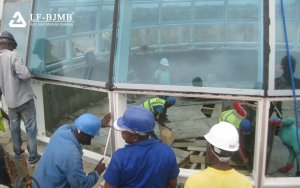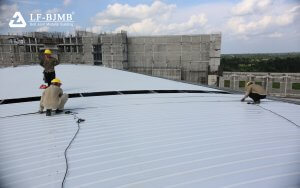+86 177 5193 6871
222, Block B, Diamond International, Guozhuang Road, Xuzhou, Jiangsu, China
The choice of material for the façade of a function hall is usually influenced by several factors, including architectural design style, budget, environmental requirements, and design objectives. The following are some of the common materials used in function hall facades:
Glass: A glass facade creates a sense of bright, open space while providing good lighting. Different types of glass, such as reflective glass, laminated glass, insulated glass, etc., can be selected according to needs.

Metal: Metal facades can be made of aluminum, stainless steel, alloys, etc., providing a modern and industrial look, while metal is also weather and corrosion-resistant.

Ceramic: Ceramic facades can offer unique textures and color options, while ceramic materials are durable and stain-resistant.
Composites: Facades can be made of composites consisting of different materials such as aluminum composite panels, masonite panels, aluminum-magnesium-manganese panels, etc. for a better performance combination.
Timber: Timber facades can add a natural, warm feeling to the building and are suitable for some designs that pursue an ecological, natural style.
Fiber Cement Board: Fiber Cement Board is a lightweight, fire-resistant building material that can be used for facade decoration, offering a rich selection of surface textures and colors.
When choosing a material for the facade, it is necessary to consider the building’s environmental characteristics, climatic conditions, maintenance requirements, and design objectives. The right choice of material can provide the right appearance, performance, and functionality for the function hall.
